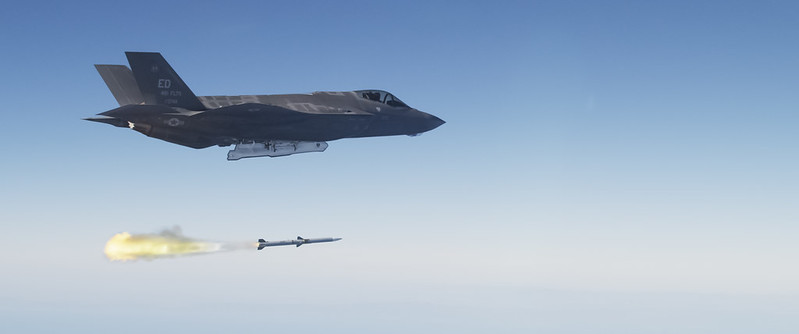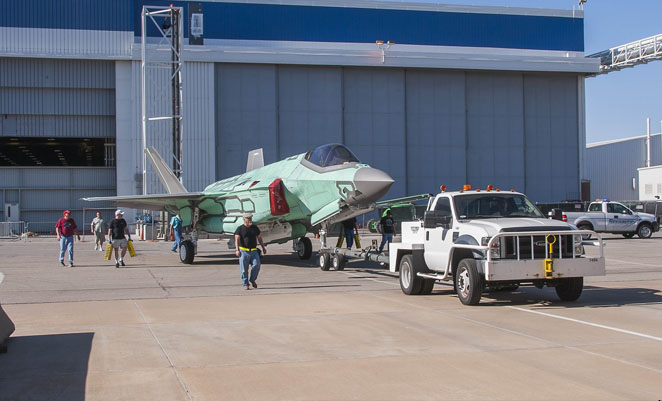re: F-35 Joint Strike Fighter Thread
Many people have interpreted the "discussion" of the F-35, and its many "teething" problems to mean this aircraft will be in-effective, and nothing could be further from the truth. My own concern was that the F-35 would cost the same as the F-22 and was/is, as an airframe/platform, much less airplane as an A2A platform as it relates to kinematic performance, my own real concern. I have pointed out that the F-35 was "moved ahead", in spite of the Air-Forces many objections and concerns, and the F-22, which is also controversial, was axed. The Air Force does not/did not have the political clout on the Joint Chiefs save the F-22, and at least one Air Force General was fired for defending it to the hilt..... So we are left with little pork-chop to perform the grunt work of A2A, I still think her nickname should be ThunderHoggeII, but, but compared to all other "fifth gen" aircraft, she will be a winner, with the most important aspect of "situational awareness" well ahead of the competition. You can't shoot what you can't "see", and the ThunderHoggeII will find you and kill you, long before you know where "she" is, bringing/making unprecedented battlefield awareness to any theatre, and there will be a quantum shift to BVR engagement, due to the threat of encountering "opposing fifth gen aircraft" and the high G2A threat of the future battlefield. I'm not saying it won't excel in the WVR, it likely will beat most opponents on the strength of its Helmet Mounted sight, and superior weapons, but those kind of furballs are being discouraged by those who write fighter doctrine.
Well...yes, it is. Right here, on this thread:
But that's okay...doesn't hurt to punctuate news like this if it has already scrolled on to a prior page. Just doing it within a few posts is not a good thing. A search of the title of the article will generally find it.
Many people have interpreted the "discussion" of the F-35, and its many "teething" problems to mean this aircraft will be in-effective, and nothing could be further from the truth. My own concern was that the F-35 would cost the same as the F-22 and was/is, as an airframe/platform, much less airplane as an A2A platform as it relates to kinematic performance, my own real concern. I have pointed out that the F-35 was "moved ahead", in spite of the Air-Forces many objections and concerns, and the F-22, which is also controversial, was axed. The Air Force does not/did not have the political clout on the Joint Chiefs save the F-22, and at least one Air Force General was fired for defending it to the hilt..... So we are left with little pork-chop to perform the grunt work of A2A, I still think her nickname should be ThunderHoggeII, but, but compared to all other "fifth gen" aircraft, she will be a winner, with the most important aspect of "situational awareness" well ahead of the competition. You can't shoot what you can't "see", and the ThunderHoggeII will find you and kill you, long before you know where "she" is, bringing/making unprecedented battlefield awareness to any theatre, and there will be a quantum shift to BVR engagement, due to the threat of encountering "opposing fifth gen aircraft" and the high G2A threat of the future battlefield. I'm not saying it won't excel in the WVR, it likely will beat most opponents on the strength of its Helmet Mounted sight, and superior weapons, but those kind of furballs are being discouraged by those who write fighter doctrine.




